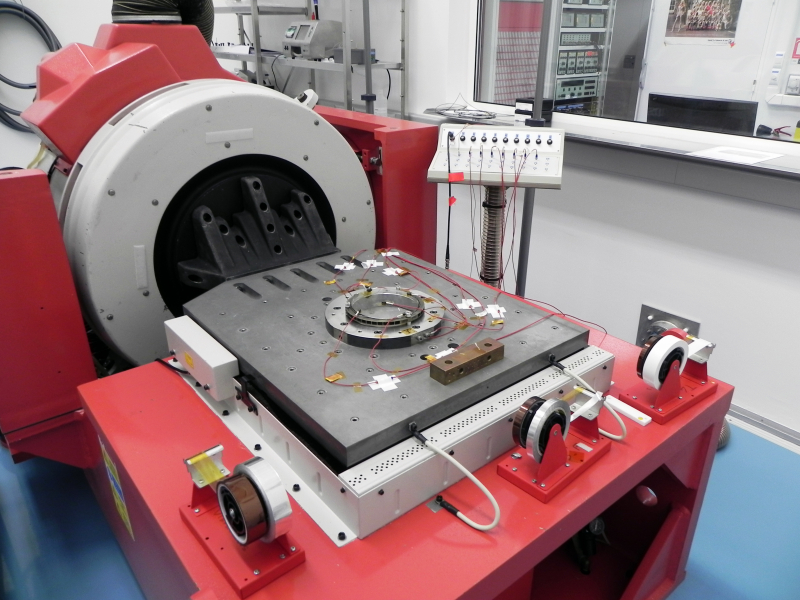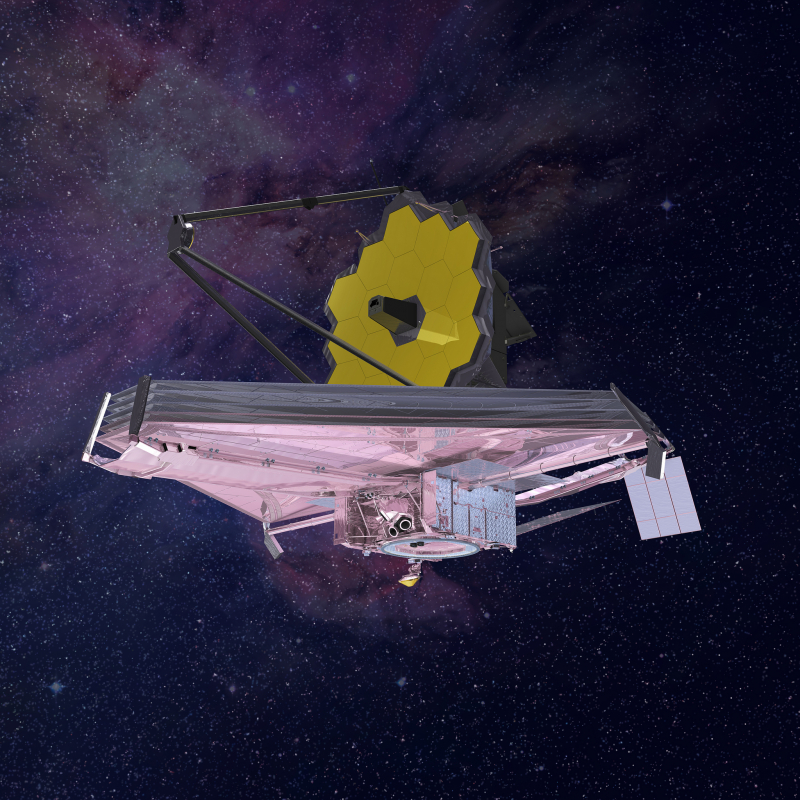Paradise: a new research infrastructure for space mission preparation
Perseverance, the rover that searches for life on Mars; JWST, the space telescope that will succeed Hubble; Juice, the mission that will observe Jupiter and its moons: these are some of the most recent space missions to which France is making a major contribution thanks to its large-scale laboratory assembly, characterization and calibration resources. These resources are mainly distributed over six platforms that are the subject of a scientific interest group (GIS) since 2019. Named Paradise (platform for applied research and development activities in ground and space instrumentation), it has just been granted the status of research infrastructure (RI) on the Ministry’s roadmap. Pierre Kern, technical deputy director at INSU, talks about the importance of the RI’s missions and mentions the latest projects Paradise has been involved in.
Why did you create the GIS Paradise?
In France, we have very substantial resources in several laboratories to assemble, characterize, and calibrate scientific instruments for space missions. With these resources, we contribute to many international space missions. All of these facilities, at the academic level, are unique in the world and make French laboratories privileged partners for the CNES in the first place, but more widely for space agencies around the world. The operation and maintenance of these large-scale facilities are costly: in general, an investment requires an annual recurring cost of about 10% of its investment cost. The Paradise scientific interest group (GIS) was created to make this major contribution of the French community more visible and to obtain a better recognition and financial valorization.
Which platforms are part of it?
- Paradise includes six platforms:
- The calibration station of the Institute of Space Astrophysics (IAS) in Orsay
- The integration and test platform (PIT) of the Observatoire Versailles Saint-Quentin-en-Yvelines (OVSQ) in Guyancourt
- The test facilities of the Laboratory of space studies and instrumentation in astrophysics (LESIA) in Meudon
- The test facilities of the Astrophysics, Instrumentation and Modeling Laboratory (AIM) in Saclay
- The test facilities of the Laboratory of Astrophysics of Marseille (LAM)
- The test facilities of the Institut de recherche en astrophysique et planétologie (IRAP) in Toulouse
These allow several types of tests to be carried out:
- Putting in space conditions (vacuum and cold) thanks to large tanks able to reproduce these conditions;
- Verification of the resistance to these conditions by repeating the thermal cycles a certain number of times;
- Vibration tests thanks to vibrating pots which allow to reproduce the type of shocks that the satellite will undergo during the rocket take-off.

All these operations take place in clean rooms, where the concentration of particles is kept low and the temperature, pressure and humidity are precisely controlled. Instruments for space missions are tested in the tanks for several weeks or even months, precisely controlled by a series of sensors, and continuously monitored via dashboards detailing the measurements and allowing alerts to be issued when a fault is detected that could be critical to the instrument. For certain test and calibration phases, teams work in shifts to operate and monitor 24 hours a day. The clean room is also where the various parts of the systems are stored until they are assembled or delivered to a third-party partner or space agency.
Once all the tests have been successfully completed, the equipment is delivered to the space agency in charge of the mission, one to two years before launch. This is the time needed to assemble the entire payload that will be sent by the launcher and to pass a final battery of tests.

What are the latest space missions to which GIS resources have contributed?
The Supercam instrument, from the Perseverance mission, was calibrated and assembled at IRAP. Perseverance is a NASA rover that arrived on Mars in February 2021 with the objective of examining the habitability of the planet and looking for traces of life.
In December 2021, the JWST space telescope, successor to the famous Hubble, was successfully launched. One of its instruments, MIRI, the only one to operate in the mid-infrared, will be able to reveal the formation of galaxies more than twelve billion years in the past, to scrutinize the formation of stars or to measure the temperature of planets in the habitable zone of their sun. Its different components have been tested at AIM, LAM, LESIA and IAS.

In 2023, two large missions will take off: Juice and Euclid. Juice will make detailed observations of Jupiter and three of its largest icy moons. The IAS has developed and calibrated its visible and near-infrared imaging spectrometer, called MAJIS. As for Euclid, its objective is to map a whole part of the Universe, in particular by making measurements of dark matter and energy, in order to understand why the expansion of the Universe is accelerating. Its near-infrared spectro-photometer, NISP, in charge of mapping the large structures of the Universe, has passed into the hands of the LAM. As for VIS, the second largest space camera in visible light ever built, it has been calibrated by AIM.
Nanosatellites
Some Paradise platforms, in particular the OVSQ PIT, are starting to host nanosatellite developments. These very small satellites, of a few cubic decimeters, can make complementary contributions to more conventional space programs. In particular, they could be used to study the atmosphere or space weather (impact of solar activity on the Earth). The possibility of deploying several nanosatellites at once, in order to obtain simultaneous measurements at different locations, opens up new opportunities. They can also accompany larger satellites, as was the case for the Insight mission where images of its landing on Mars were taken by two onboard nanosatellites. This emerging field is being carefully considered by some Paradise teams.
What are the missions of Paradise?
Its main mission is to define a homogeneous operating mode, using shared procedures, including service requests, measurement and test reports, quality control. All procedures must be drafted, then accompanied, by quality specialists, in particular to avoid any error that could have major repercussions in terms of planning and cost, but also stress for the teams. In fact, 10% of the staff involved in such developments is dedicated to quality control. In the spirit of maintaining resources at the highest level, the GIS proposes a concerted annual plan for the renewal and development of platforms in line with the new needs of laboratories.
Another mission is to define and ensure the application of a coherent cost model for the services provided to all partners, in order to allow the invoicing and valorization of projects with space agencies in France and abroad.
What will the inclusion of the GIS on the Ministry’s RI roadmap change?
Paradise was a candidate for Research Infrastructure (RI) status from the start, but to achieve this status, it was first necessary to prove the solidity of the structure’s governance, which was made possible by the constitution of the GIS. Thanks to the RI status, Paradise benefits from a recognition from the Ministry of Research (MESRI) allowing it to increase its visibility, while remaining a structure as close as possible to the operational side. Being an RI will also allow it to apply for specific funding for its operation and development. Lastly, inclusion on the RI roadmap is a guarantee for the long term. An annual evaluation is required to remain on this roadmap, but the Paradise platforms have proven themselves for a long time, giving this infrastructure the expected robustness from the start.






